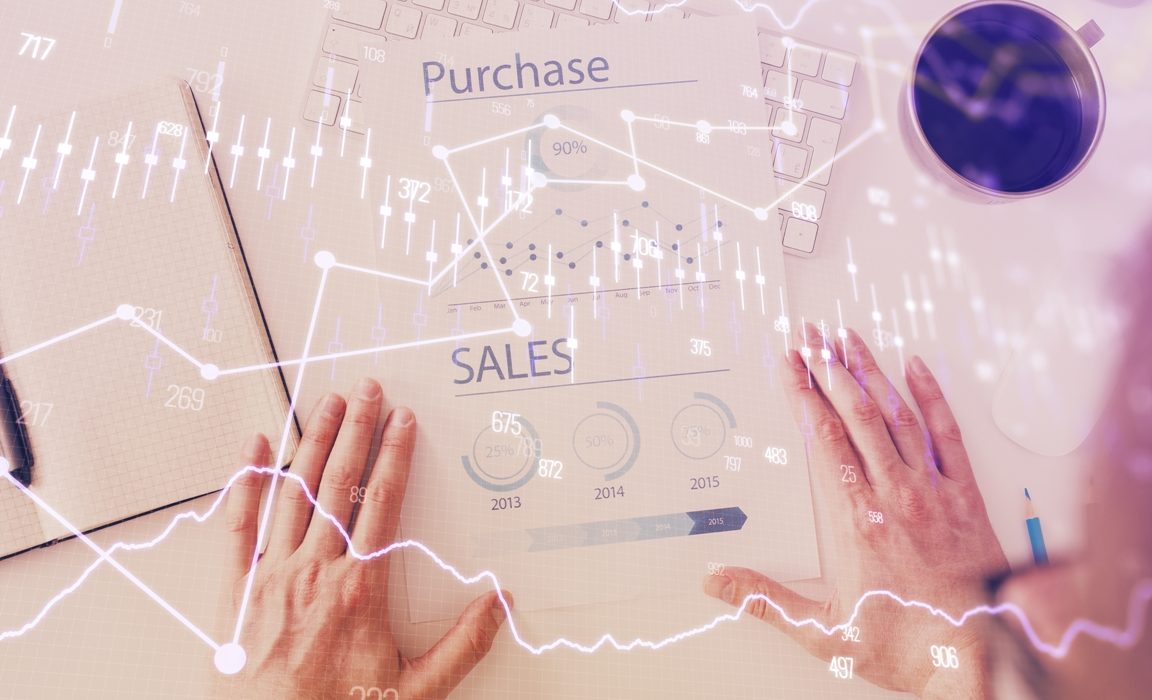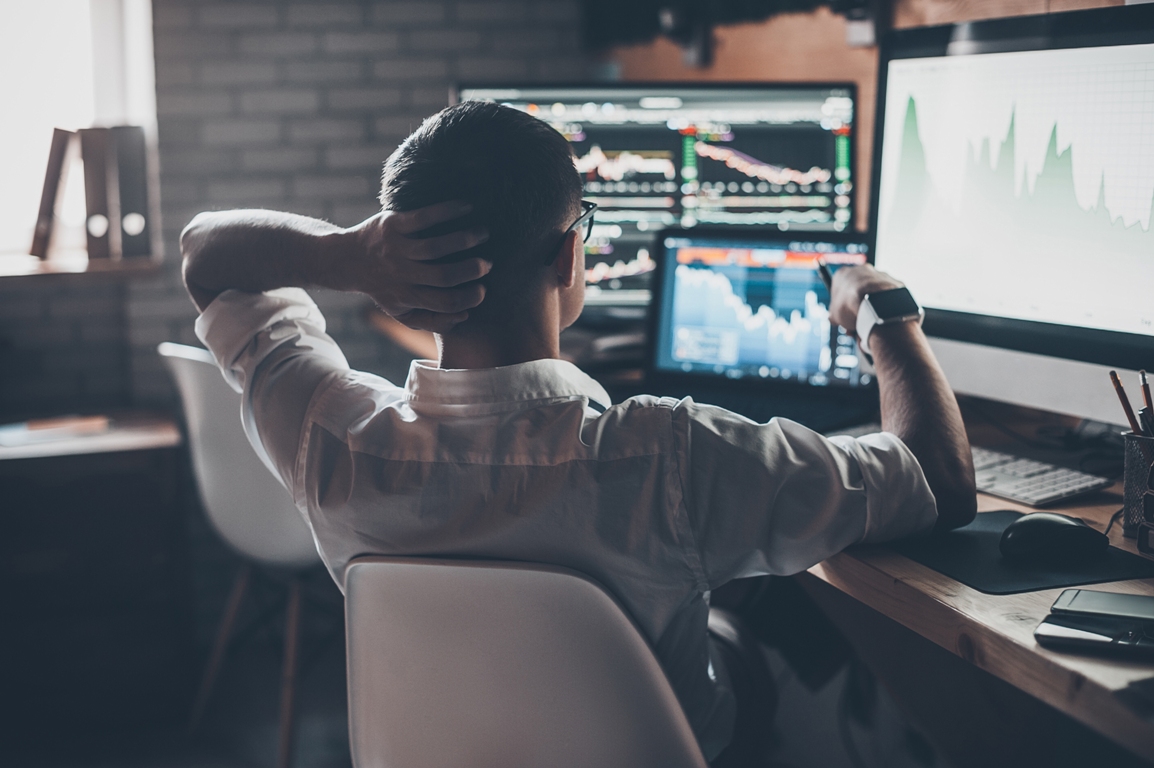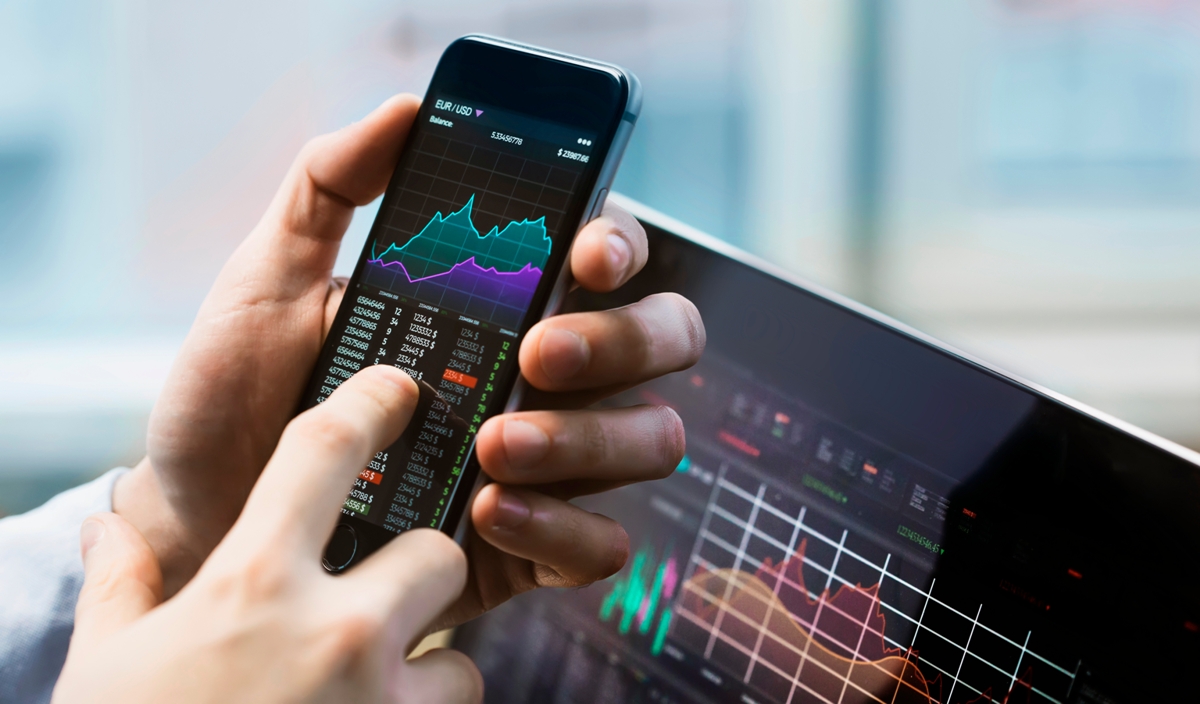A paper trade is a simulated trade. Sometimes it is called a demo trade. It allows an investor to practice buying and selling without actually risking real money. The term comes from the time when amateur traders would practice on paper before risking money in live markets. During the learning period, a paper trader records all trades by hand, keeping track of hypothetical trading portfolios, and positions, as well as profits or losses. Nowadays, practice trading usually involves the use of an electronic stock market simulators. They look and feel just like an actual trading platform.
After the development of online trading platforms and software, paper trading becomes much easier, and its popularity also increased. Using today’s simulators, investors can even trade live markets without the commitment of actual capital. This process often helps them to gauge whether investment ideas have merit. Lots of online brokers offer clients paper trading simulators.
While it teach beginner traders how to navigate platforms and make trades, they may not represent the true emotions that occur during real market conditions.
To get the most benefits from paper trading, an investment decision should follow real trading practices and objectives, along with the placing of trades. The trader should consider the same investment constraints, risk-return objectives, and trading horizon as they would while using a live account.
What are the dangers of Paper trading?
Paper trading, also known as simulated trading, is a practice used by traders to test their trading strategies and skills without risking real money. While paper trading can be a useful tool for learning and practice, there are also some potential dangers to be aware of:
- Unrealistic Expectations: When traders simulate trade, they often experience a sense of confidence and success that may not translate to real-world trading. This can lead to unrealistic expectations, and traders may be more likely to take unnecessary risks when trading with real money.
- Lack of Emotional Investment: Paper trading does not involve real money, so traders may not experience the emotional stress and pressure that comes with real trading. As a result, they may not develop the emotional discipline necessary to succeed in real trading.
- Incomplete Market Data: Paper trading typically uses historical market data, which may not accurately reflect current market conditions. This can result in unrealistic expectations and inaccurate assessments of trading strategies.
- No Real Consequences: Since paper trading doesn’t involve real money, there are no real consequences for bad trades or poor decisions. As a result, traders may not fully grasp the importance of risk management and the potential consequences of their actions.
- Overconfidence: Simulated trading can lead to overconfidence in traders who may believe they have mastered a strategy or technique without having tested it in real-world conditions.
To sum-up:
In summary, simulated trading can be a useful tool for learning and practice, but traders should be aware of the potential dangers and limitations of paper trading. It’s important to remember that real-world trading involves real money and emotional discipline, both of which are crucial to long-term success.
















